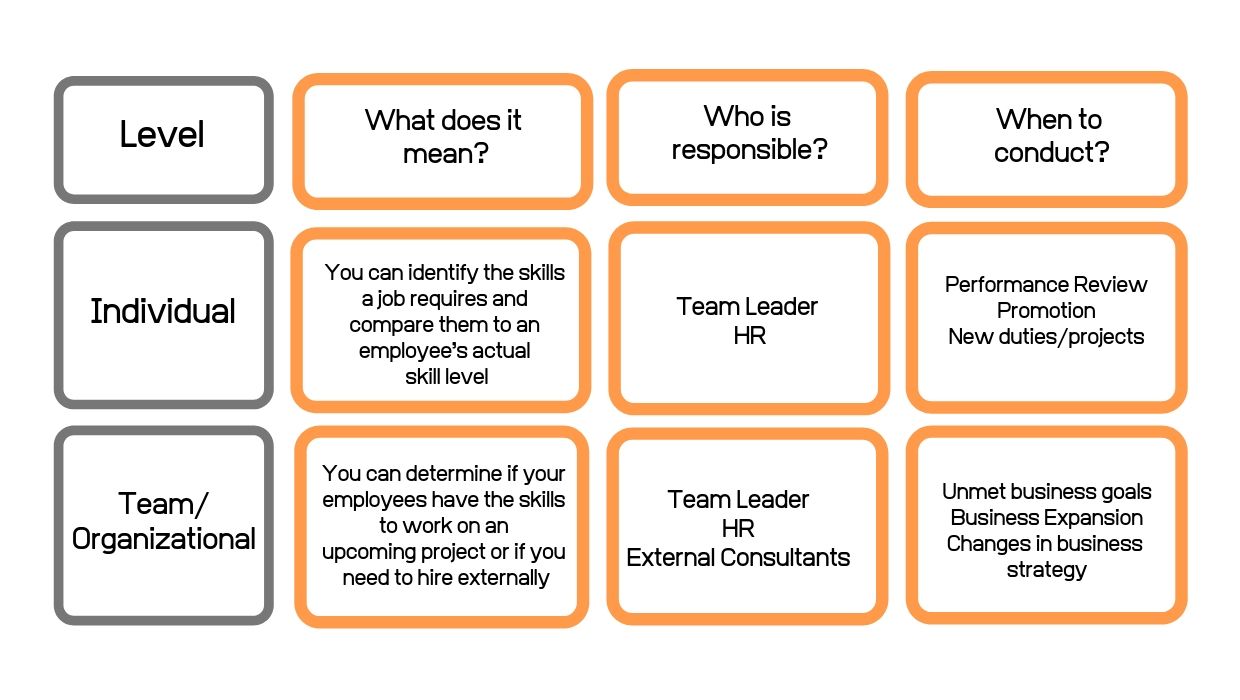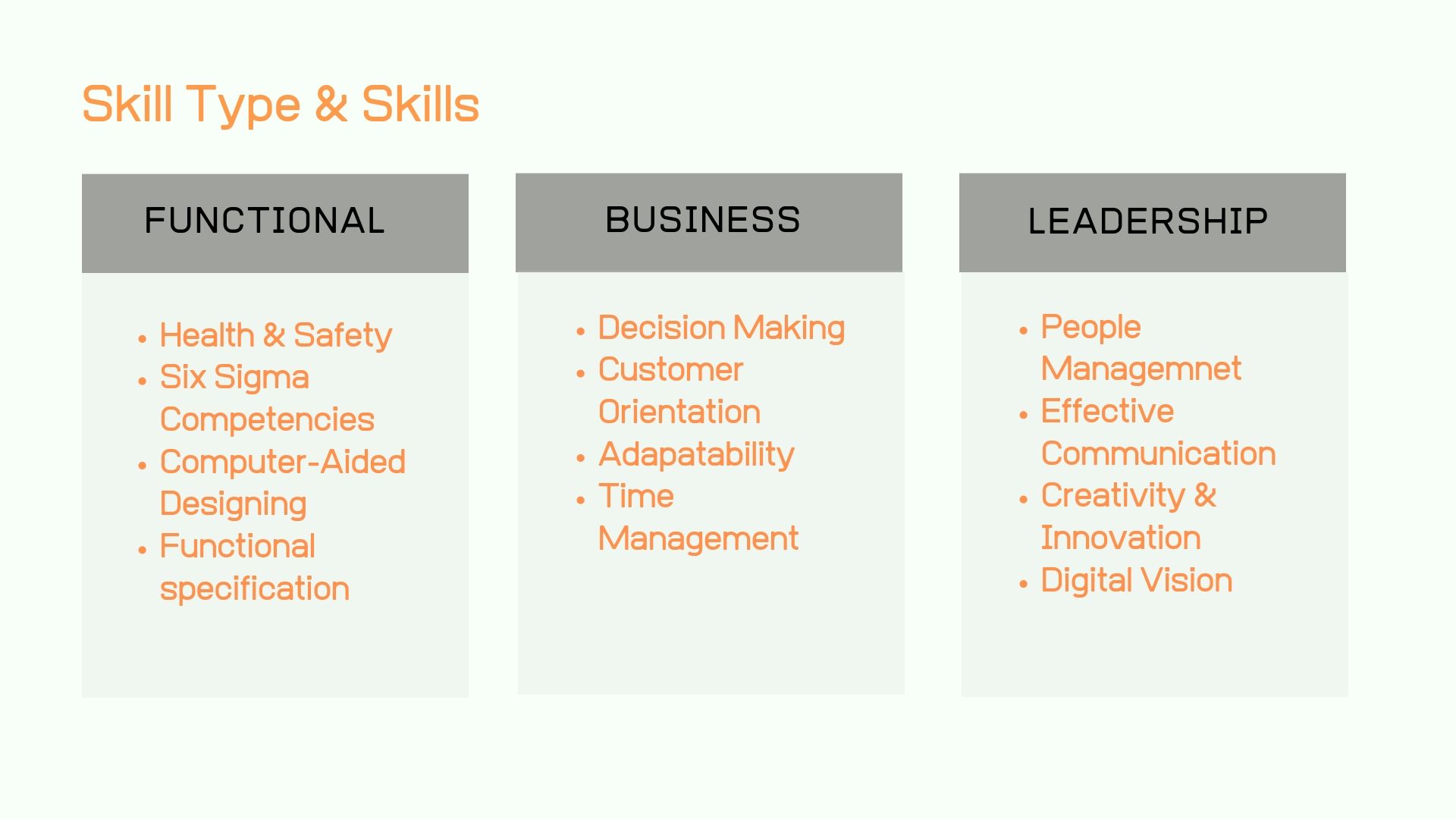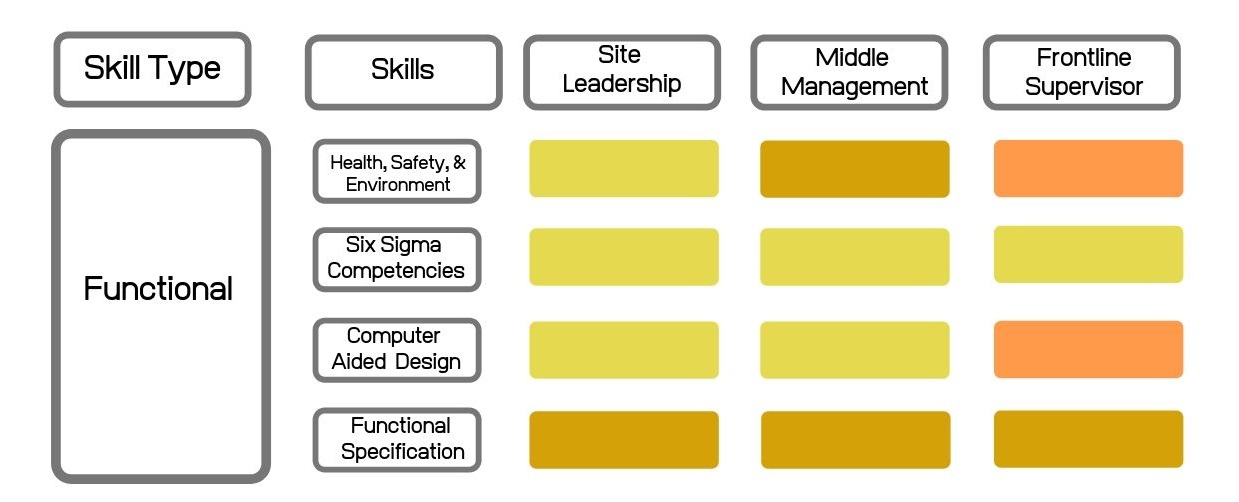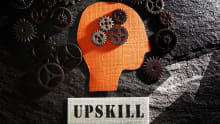Identifying skill gaps in your organization: A guide

We are living in a time where getting accepted into Harvard University is slightly easier than finding the talent with the desired level of skills.
We are not facing a skill gap, but a skill canyon!
“The World Economic Forum meeting held at Davos last year in 2018 was about how technology can shepherd in a new era of efficiency and innovation, but also about how to make sure millions of workers around the world don’t find themselves unemployed.”
To make sure your workforce stay relevant and ready for the upcoming disruption by Future of Work, conducting a skills gap analysis is essential. It helps you identify the skills you need to meet your business goals. It can also inform your employee development and hiring programs.
Here’s how to conduct a skills gap analysis:
01: Plan the type of analysis you want to perform:
To start with, first plan if you wish to perform a skill gap analysis on an individual level or a team/organizational level.

02: List the roles within your organization
The second step would be identifying the list of job roles within your organization. Group together similar roles like Customer Service Officer and Customer Service Representative as they almost require a very similar skill set.
03: List the skills needed for each role
Now that you’ve created a list of role types, the next step is to list the skills required for each of these roles. Before you create a list of skills, you need to have answers to the following questions:
- What skills do we value as a company?
- What are the skills that are not relevant to us?
- What skills do our employees need to do their jobs well now and in the future?
After you have analyzed the skills valuable for your business now and in the future, categorize them into three buckets—Functional, Business, and Leadership. After that list and prioritize the top skills that the business, team and an individual requires:
Below is an illustration for an engineering job role in a Manufacturing organization:

04: Measure the current skills:
Once you have listed down the skills, measure the current level of competency for each of the skills. You can measure the skill levels by using
- Surveys and assessments
- Interviews with employees
- Feedback from performance reviews
Alternatively, you can measure skills by creating a skills spreadsheet specific to each position. For example:



![]()
06: Analyze the data:
Now when you have received the data, analyze the current state. To arrive on a result, make sure you have established an ideal future state. Your analysis should answer questions like— What causes contributed to the targets being missed? For example, were the workers not trained well enough? Was a particular function short-staffed? Compare the current state with the ideal state.
Describe the skill gap and quantify the difference. Companies can use other rating systems to quantify the difference that can be as basic as simple terminology like good, fair, and poor, to something more detailed like a 1-50 scale.
07: Create a plan to bridge the gap:
Decide what needs to be changed and determine what steps need to be taken to fix things. There are two ways to fill skill gap—training and hiring.
Train for skill gap: There are a lot of options when it comes to train and upskilling your workforce. Discuss with managers and identify the courses that your employees require to upskill themselves. Additionally, decide on the right training model— classroom, MOOCs, Blended-whatever format that works well with your workforce.
Hire for skill gap: If your skills gaps are too wide to minimize with training, consider hiring to bring new knowledge and skills into your company.





